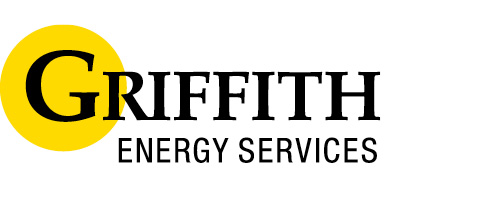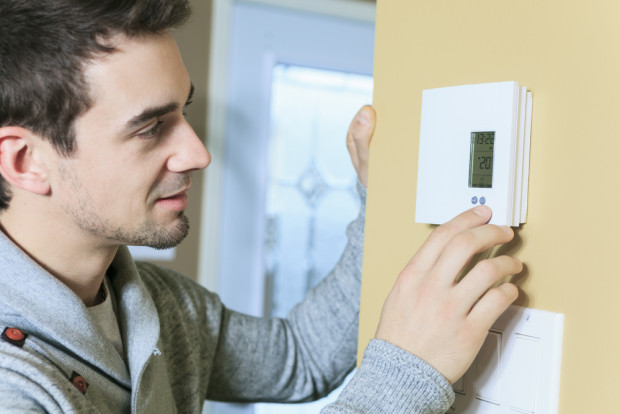When it’s operating properly, your HVAC system will keep your Washington, D.C. home comfortable with minimal effort on your part. A programmable thermostat can adjust your temperatures with the time of day, and a well-maintained system will ensure home comfort year-round. Understanding the basic elements of your HVAC system is important, however, so you can diagnose problems when they do arise and keep your heating and cooling system in top condition. Here are the six essential HVAC parts homeowners need to know.
1. Furnace
The furnace is the heart of your heating system and requires its own designated spot in the home. You may find your furnace in the attic, basement, or a closet. The furnace consists of a burner cabinet and blower cabinet. Depending on the system, you could see these stacked vertically or placed next to each other in a horizontal configuration.
Knowing where to find your furnace makes it easier to conduct a preliminary inspection for problem signs. Banging, whirring, or groaning noises coming from the furnace are signs you should call a professional. The pilot light can also give you important information. A blue light indicates a safe system, while one that’s yellow may indicate a carbon monoxide problem.
2. Condensing Unit
The condensing unit is located outside the home. The unit condenses refrigerant gas to generate cold air in the summer. With fall approaching, you may not need the condensing unit as much, but it’s important to pay attention to this exterior part of your HVAC system throughout the year. Falling leaves can create a buildup of debris around the condensing unit that will diminish efficiency during any remaining warm days this year, as well as the spring and summer seasons of next year.
3. Home Air Vents
Your air vents deliver hot air to the home. Although it’s easy to take them for granted, you should take the time to locate every vent in your home. Make sure your air vents aren’t blocked by furniture, drapes, rugs, or other obstructions. You should keep all air vents open for adequate circulation. If you can see dirt or dust blowing out of the vent, this is a sign that you should clean that vent and possibly the ducts.
4. Heating and Cooling Ducts
Your home’s ducts deliver heated or cooled air to the home. The ducts themselves aren’t typically visible, but you can peer into them by removing a vent cover. Energy Star reports that the typical home loses 20 to 30 percent of its heating and cooling through leaking ducts. Having your ducts professionally sealed can minimize this energy loss.
5. Thermostat
Your thermostat is the part of your HVAC system that you’ll interact with most frequently. It’s important to understand how your thermostat works so you can set it properly for maximum efficiency. According to the U.S. Department of Energy, setting your thermostat back just 10 to 15 degrees for eight hours at a time can save you anywhere from 5 to 15 percent on your energy bill.
Your thermostat can also give you early warning signs of a bigger problem with your HVAC unit. If your home isn’t achieving the comfort levels it’s set to, you should call a professional to help diagnose the problem. The issue could be with the thermostat itself or with the heating or cooling elements in your system.
6. HVAC Filter
Your HVAC filter is another part of the system that you should interact with regularly. You should change your filter once a month for peak efficiency. Mark this regular home maintenance task on your calendar and keep a supply of extra filters on hand. This job takes just seconds and will improve your indoor air quality and energy efficiency. If you don’t know how to find your HVAC filter, make sure your technician points this essential part out to you during your next tune-up.
If you see problem signs with any of these HVAC components, contact Griffith Energy Services at (888) 474-3391. We can diagnose trouble spots, keep you up to date with maintenance, and help get your system in prime condition for the coming fall and winter seasons.
Image provided by Shutterstock




